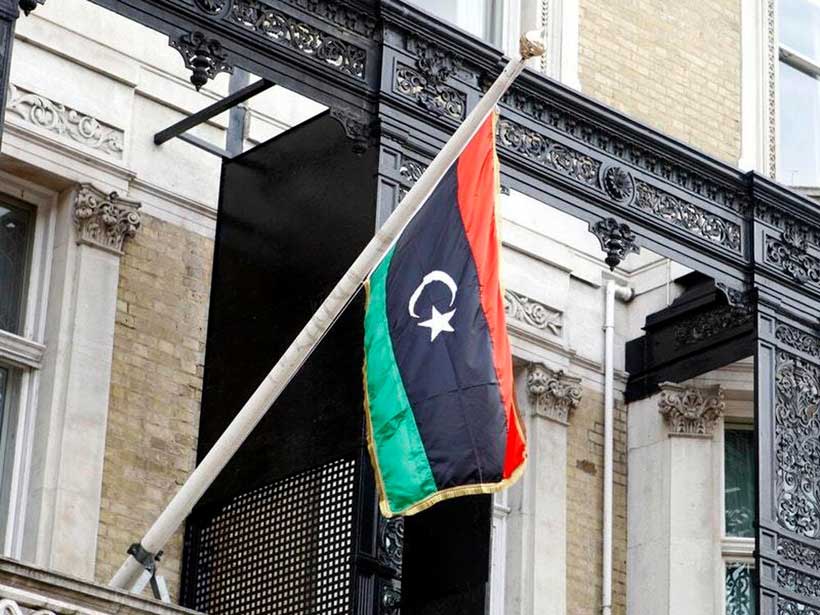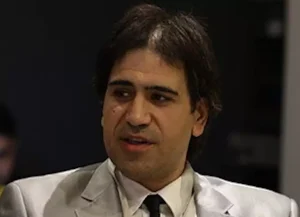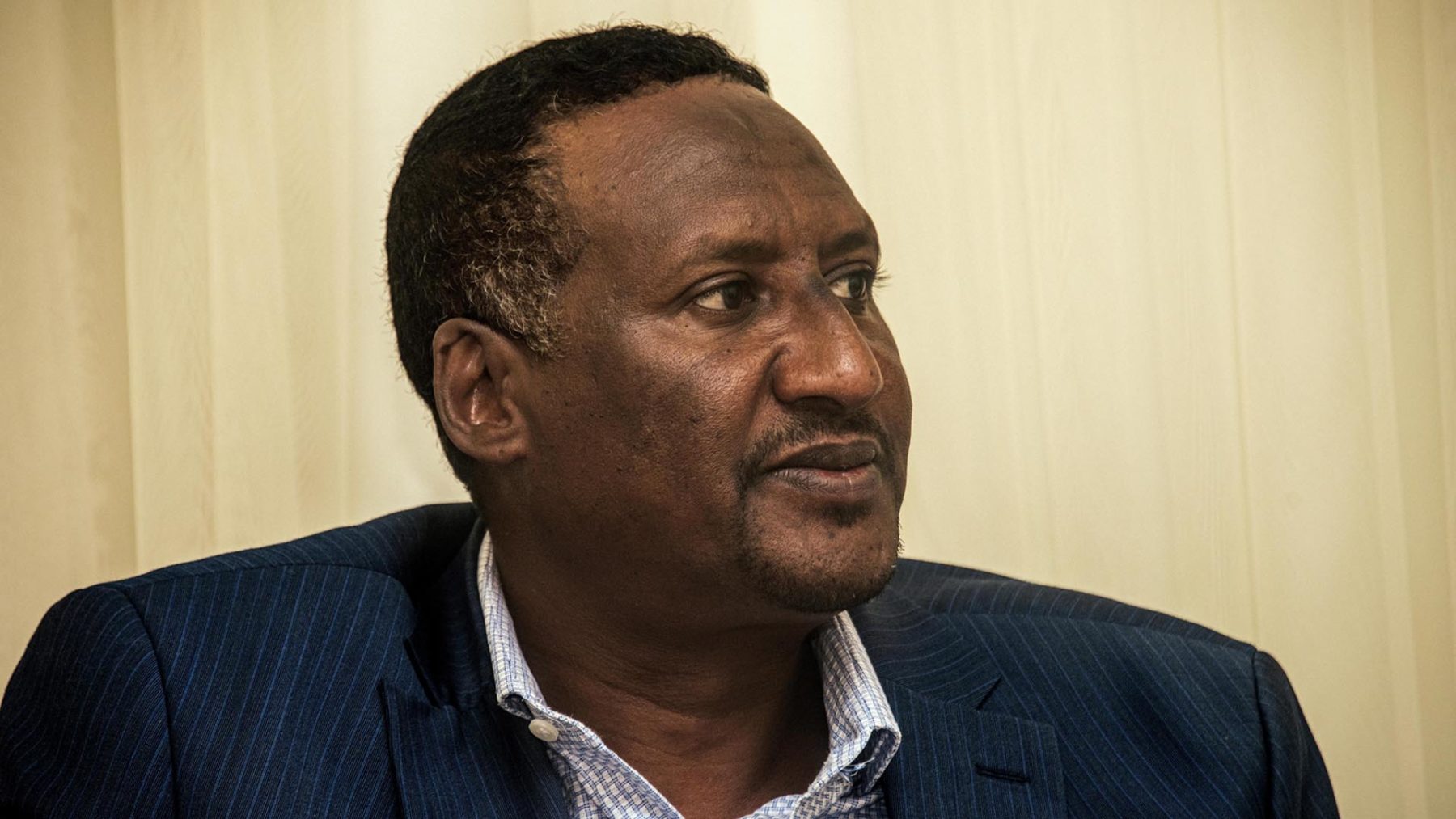Dan Jones: The ceasefire con and diplomacy as a weapon

Peace is a beautiful lie. And intelligence agencies know it.
While diplomats shake hands for the cameras and talk about ceasefire monitoring, a different kind of war is already underway; one fought with encrypted burner phones, rotated operatives, and surveillance equipment quietly repositioned under cover of “humanitarian access.” After watching this playbook deployed across three continents, I can tell you that for intelligence services, peace negotiations aren’t the end of conflict. They’re the intermission.
Having spent the last ten years navigating Libya’s labyrinth of ceasefires that weren’t, and years before that watching the same patterns play out from Mali to Ukraine, I’ve learned to read peace talks like poker games. Everyone’s bluffing, everyone’s counting cards, and the real action happens when nobody’s looking.
The uncomfortable truth? Some of the most effective intelligence operations happen when the guns go quiet.

Libya: The October Fiction
Let’s start with Libya’s October 2020 ceasefire; the one that supposedly ended Field Marshall Haftar’s offensive on Tripoli. On paper, it looked legitimate: formal signatures, UN oversight, promises of foreign mercenary withdrawals. In practice, it was intelligence Christmas.
Within 48 hours, Wagner Group operatives weren’t boarding flights home, they were changing uniforms. These Private Military Contractors became “technical advisors.” Heavy weapons got buried or moved to “maintenance facilities.” Russian personnel running Pantsir missile systems suddenly became “oil field security consultants” with the same access and better cover. Same faces, same radio frequencies, but now their salaries paid by a Libyan “petroleum consulting” firm that didn’t exist six months earlier.
Turkish MIT wasn’t sitting idle either. The ceasefire gave them breathing room to rotate burned assets and expand their SIGINT footprint. Those mysterious new cell towers around Misrata during the “telecommunications infrastructure improvement program”? Each one equipped with intercept gear capable of vacuuming up everything from WhatsApp calls to radio chatter within 15 kilometres. By January 2021, Turkish intelligence had real-time coverage of eastern Libyan military communications that would have taken years to build under fire.
The ceasefire held, technically. But underneath, the intelligence war intensified. By December 2020, we were seeing targeted killings. Simple arrest ops seemingly always escalating with people being murdered. The ones who maybe knew too much turning up dead in their homes. Witnesses who suddenly left the country.
Peace, Libyan style.
Syria: The Geneva Shuffle
Syria’s endless peace talks made Libya’s look straightforward. Every round became a masterclass in operational misdirection.
Take Geneva II in 2014. While UN envoy Lakhdar Brahimi tried getting Assad and the opposition in the same room, Iran’s Quds Force ran a logistics marathon. Damascus International Airport saw a 300% increase in “diplomatic” cargo flights. Iranian IL-76 transports marked as “humanitarian assistance” delivered 120mm mortar rounds and encrypted radio gear to Hezbollah units. The beauty of diplomatic pouches? No inspections, no manifests, no questions.
The Western intelligence agencies weren’t exactly sitting idle. Case officers from one of the numerous three-letter agencies, used the diplomatic buzz to expand networks in Jordan and southern Turkey. Those “cultural exchange” programs in Daraa province during talks? Perfect cover for inserting HUMINT assets and establishing safe houses.
But Russia perfected the art form. By the Astana process, Moscow had turned peace talks into strategic theatre. Every round bought them months to embed GRU advisors deeper into Syrian ministries and test new electronic warfare systems. The genius was in the timing: launch a major offensive, grind rebel positions down, then magnanimously agree to talks. Use the lull to consolidate gains, resupply, and prepare the next phase.
During the February 2016 cessation of hostilities, Russian drones logged 400% more surveillance flights than during active combat: mapping tunnel networks, cataloguing weapons caches, identifying leadership compounds for the next offensive.
Each “breakthrough” moment was followed by rebels complaining about mysterious drone overflights and intercepted communications. In this business, coincidence is usually good tradecraft.
The Mechanics of Peace-Time Intelligence
Why does this work so well? Because peace talks create operational windows intelligence agencies can’t resist.
Access expansion: Peace negotiations mean diplomats, UN teams, and “humanitarian” workers flooding conflict zones. Perfect cover for intelligence operatives. I’ve seen intelligence officers arrive as “democratic advisors” with diplomatic passports and encrypted satellite phones that could reach the other side of the planet from a mud hut. GRU operatives show up as “ceasefire monitors” carrying Geiger counters that double as signals intelligence receivers.
Asset rotation: Moving people in active conflict zones is hazardous and visible. During ceasefires, personnel rotations become routine administrative tasks. Burned assets get extracted via “medical evacuation,” fresh operatives get inserted through “humanitarian delivery flights,” and critical equipment gets repositioned using “infrastructure repair” as cover.
“Until policymakers begin factoring intelligence considerations into ceasefire design, monitoring, and implementation, we’ll keep playing checkers while everyone else plays chess.”
Information buffets: Everyone talks more during peace processes. Factions leak to gain negotiating advantage, defectors emerge hoping for amnesty, rival groups spread disinformation to sabotage enemies. During Libya’s Berlin Conference in 2020, intelligence services collected more actionable intel in two weeks than in the previous six months of fighting.
Infrastructure development: “Humanitarian access” often means new roads, communications equipment, and facilities serving dual purposes. That satellite internet for refugee camps? Also perfect for covert communications networks. Those generators for hospitals? They can power surveillance equipment just as well. There was a “medical supply depot” in western Libya that was actually a sophisticated SIGINT collection site, complete with dish antennas disguised as ventilation systems.
The Price of Willful Blindness
Western governments and international organisations consistently ignore these dynamics, usually because acknowledging them complicates peace-building narratives and compromises their own activities. But pretending the intelligence war doesn’t exist makes it impossible to plan for what comes next.
Libya’s 2015 peace process created the Government of National Accord, which Western diplomats hailed as a breakthrough. But they missed the intelligence vacuum that followed. While everyone focused on building democratic institutions, foreign services carved up influence networks. Within eighteen months, the GNA was surrounded by militias, each backed by different foreign patrons.
The pattern repeats everywhere. We celebrate ceasefires, then act surprised when fighting resumes with new tactics, new alliances, and new intelligence footprints. It’s like watching a football match while ignoring players switching jerseys at halftime.
Reading the Real Game
None of this means peace talks are worthless; they’re essential, even when they fail. But treating them as purely diplomatic exercises while ignoring the covert battles underneath is strategically naive.
Intelligence agencies don’t pause operations during peace talks. They adapt them. They use diplomatic cover to expand networks, ceasefire monitoring to reposition assets, and humanitarian access to build infrastructure. By the time fighting resumes, the intelligence landscape has been completely redrawn.
Until policymakers begin factoring intelligence considerations into ceasefire design, monitoring, and implementation, we’ll keep playing checkers while everyone else plays chess. And we’ll keep being mystified when peace processes produce more sophisticated conflicts instead of lasting peace.
READ: How Algeria turned Tindouf into a cultural ghetto
Because in the intelligence world, peace isn’t the opposite of war. It’s just war conducted by other means, often more effectively, and always with better cover stories.
The only question is whether you’re reading the game or just watching the performance.
The views expressed in this article belong to the author and do not necessarily reflect the editorial policy of Maghrebi.org. Dan Jones is an intelligence specialist with over 25 years of experience, including the last 10 operating in Libya. He is the co-founder of Raedan Group, a UK-based private intelligence firm helping clients stay three steps ahead in some of the world’s most high risk environments.
If you wish to pitch an opinion piece please send your article to alisa.butterwick@maghrebi.org.
Want to chase the pulse of North Africa?
Subscribe to receive our FREE weekly PDF magazine













